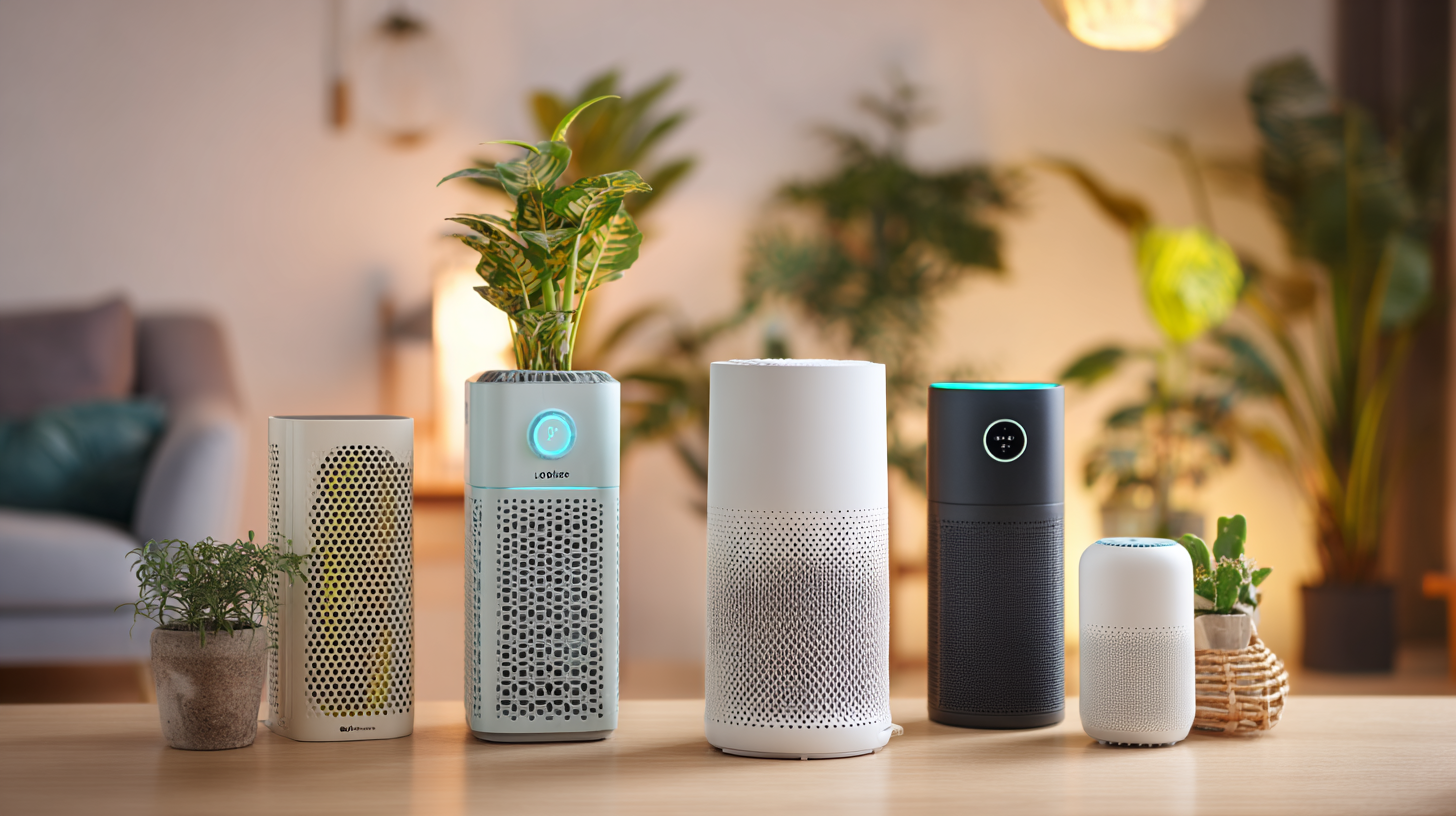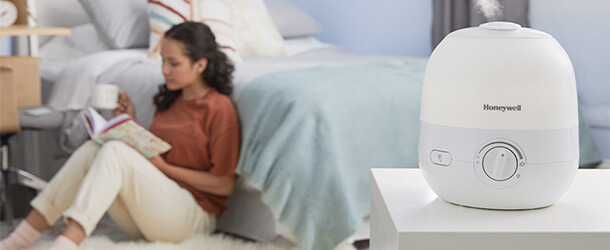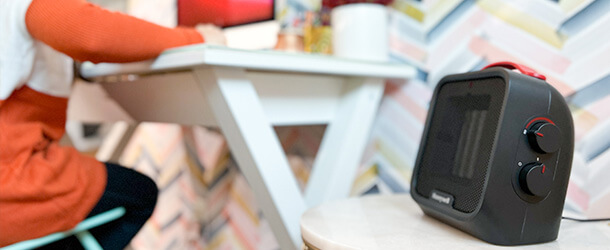Blog
How to Select the Best Portable Air Purifier for Your Needs
In today's increasingly polluted environment, the importance of maintaining clean indoor air cannot be overstated. A portable air purifier has emerged as an essential tool for ensuring that the air we breathe at home or on the go is free from harmful allergens, dust, and pollutants. However, with a myriad of options flooding the market, selecting the best portable air purifier tailored to your specific needs can be a daunting task. Different models come with varying features, filtration systems, and coverage areas, leading to confusion for many consumers. This blog aims to guide you through the essential considerations and potential problems associated with industry production standards, helping you to make an informed decision when choosing the ideal portable air purifier.
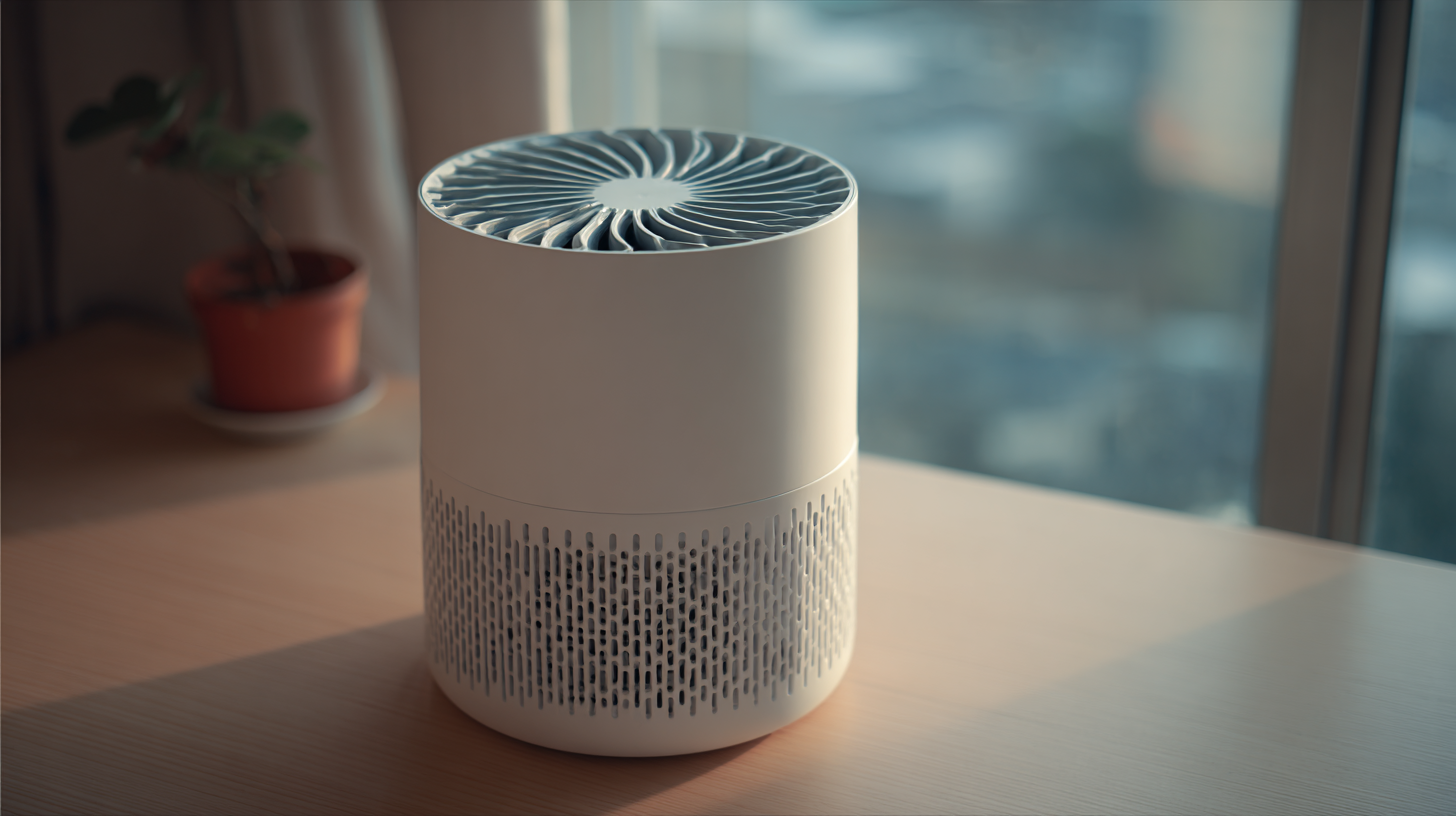
Whether you're seeking to mitigate allergies, combat pet dander, or simply improve the quality of the air you breathe, ensuring you select the right device is crucial for your health and well-being.
Understanding Air Purifier Types and Technologies
When selecting a portable air purifier, understanding the various types and technologies available is crucial. The two common types are HEPA filters and activated carbon filters. HEPA (High Efficiency Particulate Air) filters are renowned for their ability to trap 99.97% of particles 0.3 microns in size, making them highly effective against dust, pollen, and other allergens. According to the American Lung Association, air purifiers with HEPA filters can significantly reduce indoor airborne pollutants, leading to improved air quality and enhanced respiratory health.
On the other hand, activated carbon filters excel at combating odors and volatile organic compounds (VOCs). They work by absorbing gaseous pollutants, making them ideal for spaces where cooking, pets, or smoke are prevalent. A study by the Environmental Protection Agency indicates that VOCs can contribute to various health issues, including headaches and dizziness, further emphasizing the importance of air purifiers equipped with activated carbon technologies. Additionally, newer models often combine both HEPA and activated carbon technologies, providing a comprehensive solution for diverse air quality concerns.
How to Select the Best Portable Air Purifier for Your Needs - Understanding Air Purifier Types and Technologies
| Air Purifier Type | Technology Used | Room Size (sq ft) | CADR (Smoke, Dust, Pollen) | Noise Level (dB) | Filter Life (Months) | Price Range (USD) |
|---|---|---|---|---|---|---|
| HEPA Filters | Mechanical Filtering | 200 | 150, 160, 180 | 30-50 | 6-12 | 100-300 |
| Activated Carbon Filters | Chemical Absorption | 150 | 80, 100, 120 | 25-45 | 3-6 | 70-150 |
| UV Light Purifiers | Ultraviolet Radiation | 300 | 50, 60, 70 | 20-40 | 12-24 | 150-400 |
| Ionizers | Ionization | 250 | 100, 110, 130 | 20-35 | 12-18 | 80-200 |
| Ozone Generators | Ozone Production | 300 | 80, 90, 100 | 30-50 | 3-6 | 100-300 |
Key Features to Look for in a Portable Air Purifier
When selecting the ideal portable air purifier, several key features should be carefully considered to ensure it meets your specific needs. First and foremost, look for the type of filtration system employed. HEPA filters are highly effective at capturing tiny particles, including allergens and pollutants, making them an excellent choice for those with allergies or respiratory issues. Additionally, some models come equipped with activated carbon filters, which can help reduce odors and harmful gases, enhancing indoor air quality even further.
Another crucial factor to consider is the unit's Clean Air Delivery Rate (CADR). This metric indicates how quickly and efficiently the purifier can clean the air in a given space. A higher CADR rating suggests better performance, particularly in larger rooms. Furthermore, portability features such as weight, handle design, and compactness should not be overlooked, ensuring that you can easily move the purifier from one room to another as needed. Lastly, check for noise levels, especially if you plan to use it in a bedroom or study, as quieter models can provide a more comfortable environment.
Assessing Air Quality Needs Based on Your Environment
When selecting the best portable air purifier, it's crucial to assess your air quality needs based on your specific environment. According to the Environmental Protection Agency (EPA), indoor air can be two to five times more polluted than outdoor air, making purification vital for healthy living spaces. Consider factors such as the level of outdoor pollution, the presence of pets, or indoor allergens like dust and mold. Performing a simple air quality test can help you identify harmful particles and make an informed decision regarding the type of air purifier you need.
Tip: Check the Clean Air Delivery Rate (CADR) of a purifier, which indicates its efficiency in reducing smoke, dust, and pollen. A higher CADR means better performance for your specific air quality concerns. For example, if you live in a city with high particulate matter levels, consider a purifier with a HEPA filter, which can capture 99.97% of particles as small as 0.3 microns.
Additionally, take into account the size of the area you wish to purify. The Association of Home Appliance Manufacturers (AHAM) suggests choosing a unit that matches or exceeds the square footage of your room for optimal air circulation. A portable air purifier that suits your environment's needs can significantly reduce allergens and improve overall air quality.
Air Quality Index (AQI) Levels in Different Environments
This chart represents the Air Quality Index (AQI) levels typically found in various environments. Understanding these levels can help you select the best portable air purifier suited for your needs based on your surroundings.
Considerations for Size, Portability, and Noise Levels
When selecting the best portable air purifier, size, portability, and noise levels are crucial factors to consider. According to the Association of Home Appliance Manufacturers, the ideal portable air purifier should be lightweight and compact, allowing for easy transportation between rooms or even while traveling. A unit weighing under 10 pounds is preferable for users looking to relocate their devices frequently. Models that are around 10 to 25 inches tall often strike the perfect balance between effectiveness and portability.
Noise levels also play a significant role in user satisfaction. The American Society of Heating, Refrigerating and Air-Conditioning Engineers recommends air purifiers operate at a sound level below 50 decibels for a comfortable home environment. This level is comparable to a quiet refrigerator, ensuring that it won't disrupt your daily activities or sleep. Furthermore, some purifiers feature adjustable fan speeds, allowing users to optimize the balance between noise and air purification performance based on specific needs, whether it's during the day or nighttime.
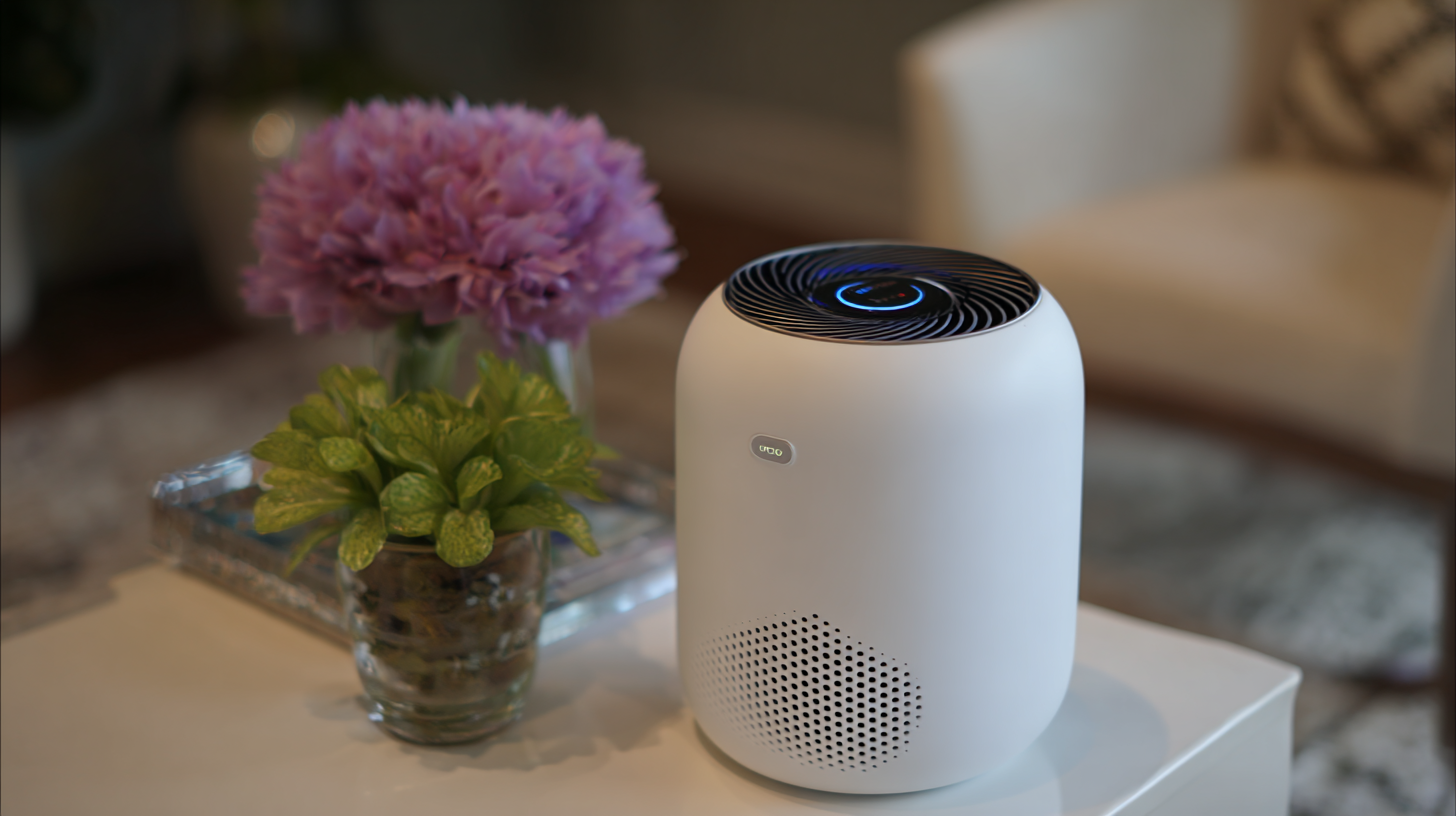
Budgeting for Your Portable Air Purifier Investment
When considering a portable air purifier, budgeting is a crucial aspect that often dictates your choices. According to a report by MarketsandMarkets, the global air purifier market is projected to reach $12.6 billion by 2025, driven by rising pollution levels and increasing consumer health awareness. This growth presents a variety of options across different price points, making it essential to evaluate how much you're willing to invest based on your specific needs.
A basic model can start as low as $50, while high-end purifiers with advanced filtration systems can exceed $500. It's important to consider not only the initial purchase price but also the long-term costs associated with replacement filters and energy consumption. For instance, the Asthma and Allergy Foundation of America recommends at least a HEPA filter for optimal air quality; these can range from $20 to $60 for replacements, depending on the brand and model. By understanding the full cost of ownership, you can make a more informed decision and select a portable air purifier that fits your financial plan while ensuring a healthier living environment.
